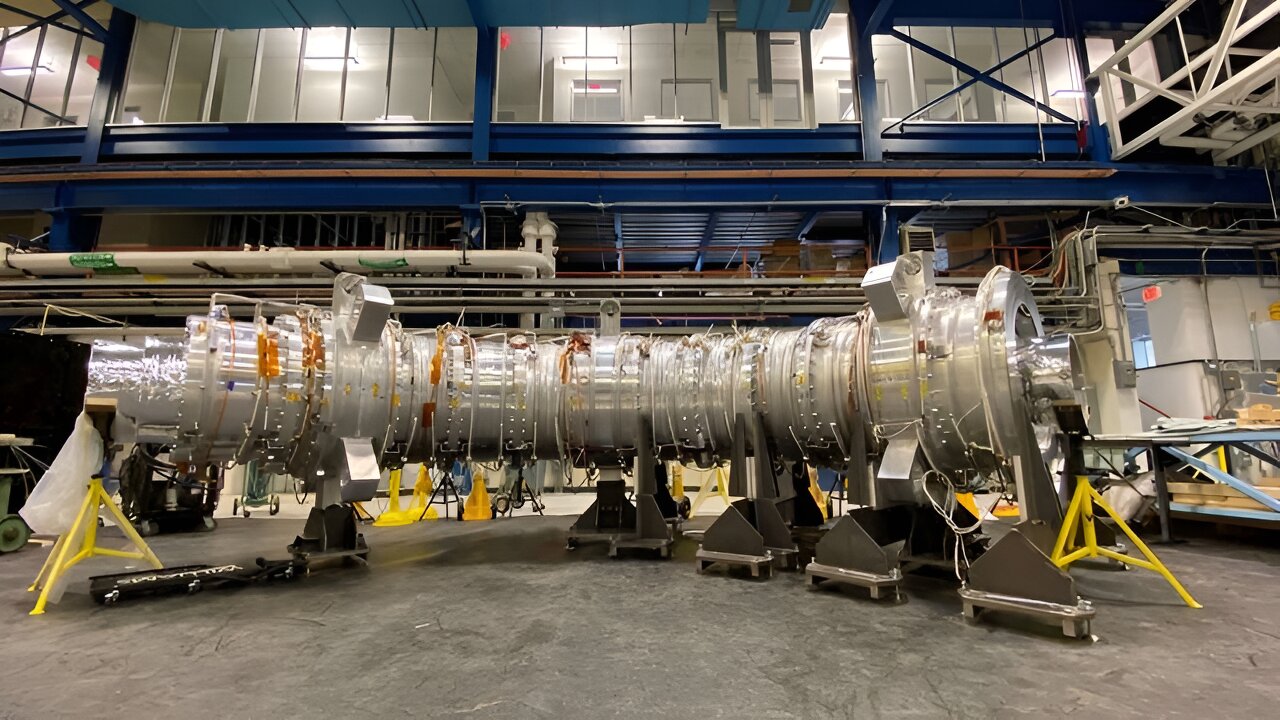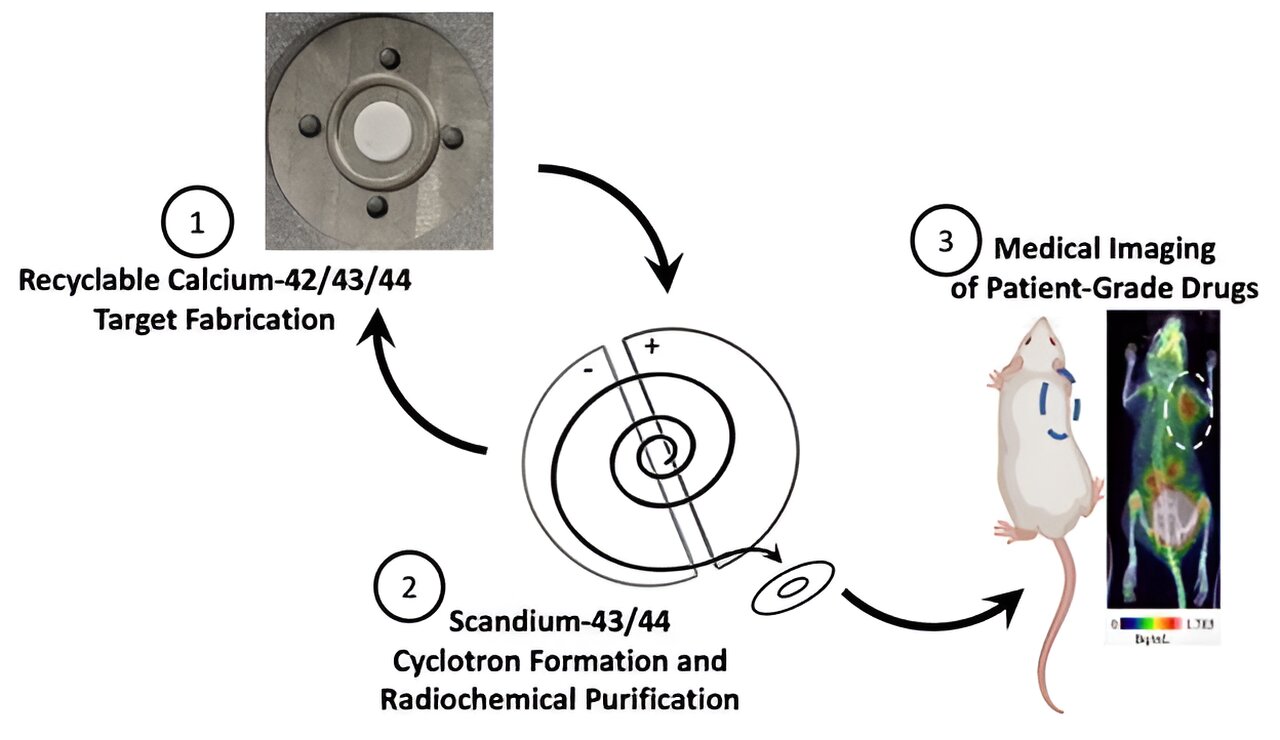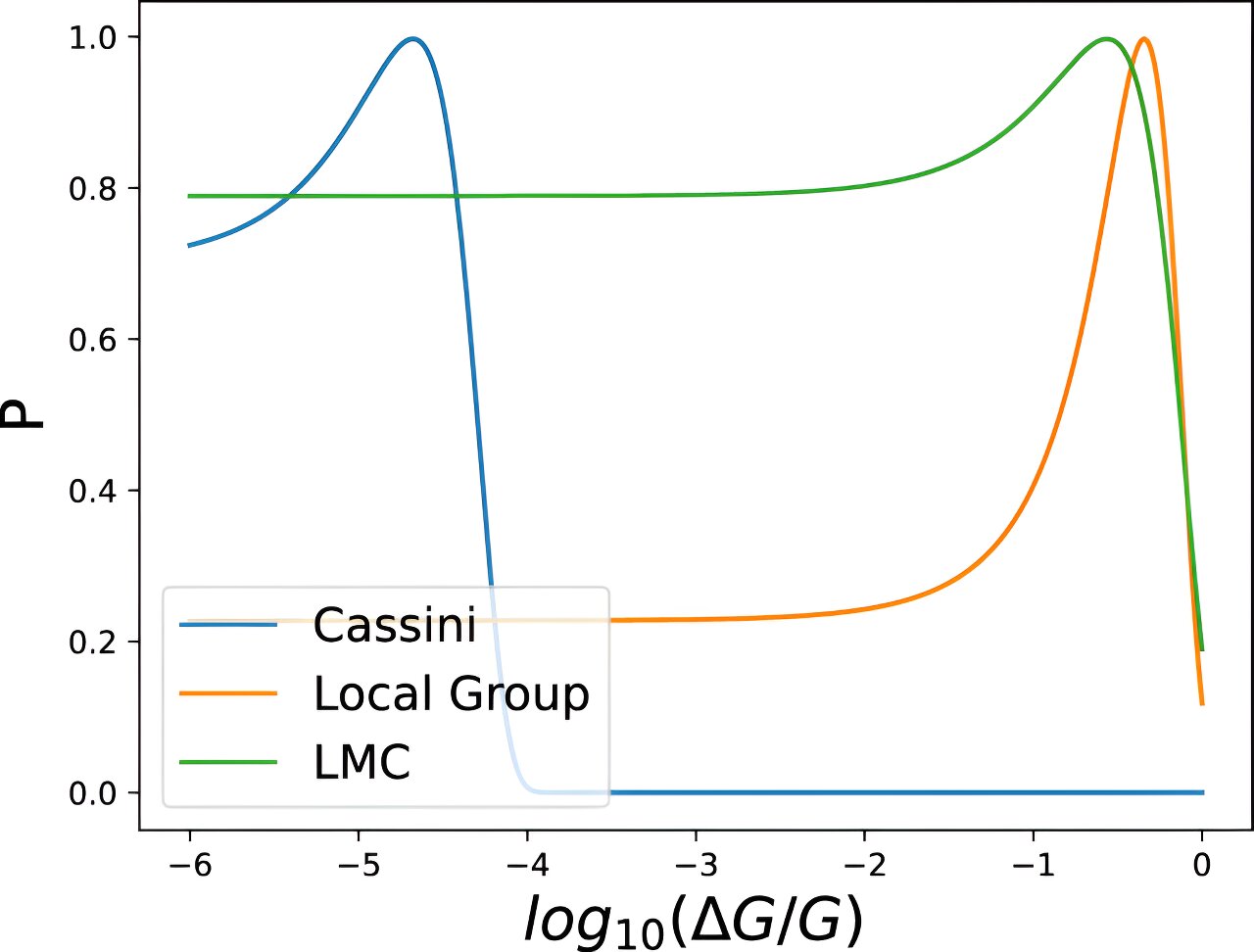An incredible breakthrough in physics was made by studying neutrinos – these neutral, weakly interacting particles that are produced by the sun. Initially, scientists believed that neutrinos were massless, but recent discoveries have shown that they do have mass. This revelation has led to another fascinating finding – neutrinos can change flavor. This means that the majority of neutrinos reaching Earth from the sun are not electron neutrinos. Now, scientists are exploring whether the charged counterparts of neutrinos – electrons, muons, and tauons – can also change flavor.
Two groundbreaking experiments, Mu2e at Fermilab and COMET at J-PARC in Japan, will search for a negatively charged muon decaying into an electron. If this occurs, it would defy the standard model. These experiments have the remarkable ability to detect electrons from this process, even if the conversion probability is as low as 1 in 100 quadrillion. In fact, these experiments are 10,000 times more sensitive than any previous searches. Recent theoretical work has also revealed that these experiments hold valuable information about new physics beyond the standard model.
When muons are captured in a nuclear target, they bind to the atom, similar to how electrons do. Scientists can only observe the electrons that leave the nucleus in its lowest-energy state when muon-to-electron conversion takes place. These selected electrons have a precise energy, making their detection easier and eliminating background noise. However, this restriction also limits what can be measured, as the nucleus remains in its ground state.
A team of researchers from the University of California, Berkeley, Lawrence Berkeley National Laboratory, Shanghai Jiao Tong University, and the University of Massachusetts, Amherst has discovered that by carefully selecting nuclear targets based on their properties, experimentalists can measure six independent observables. These observables serve as the “fingerprint” of the new physics and define a comprehensive program of measurements for projects like Mu2e and COMET. Once this program is completed, particle theorists will have six new clues to unravel the mysteries of physics that lie beyond the standard model.
,,,








